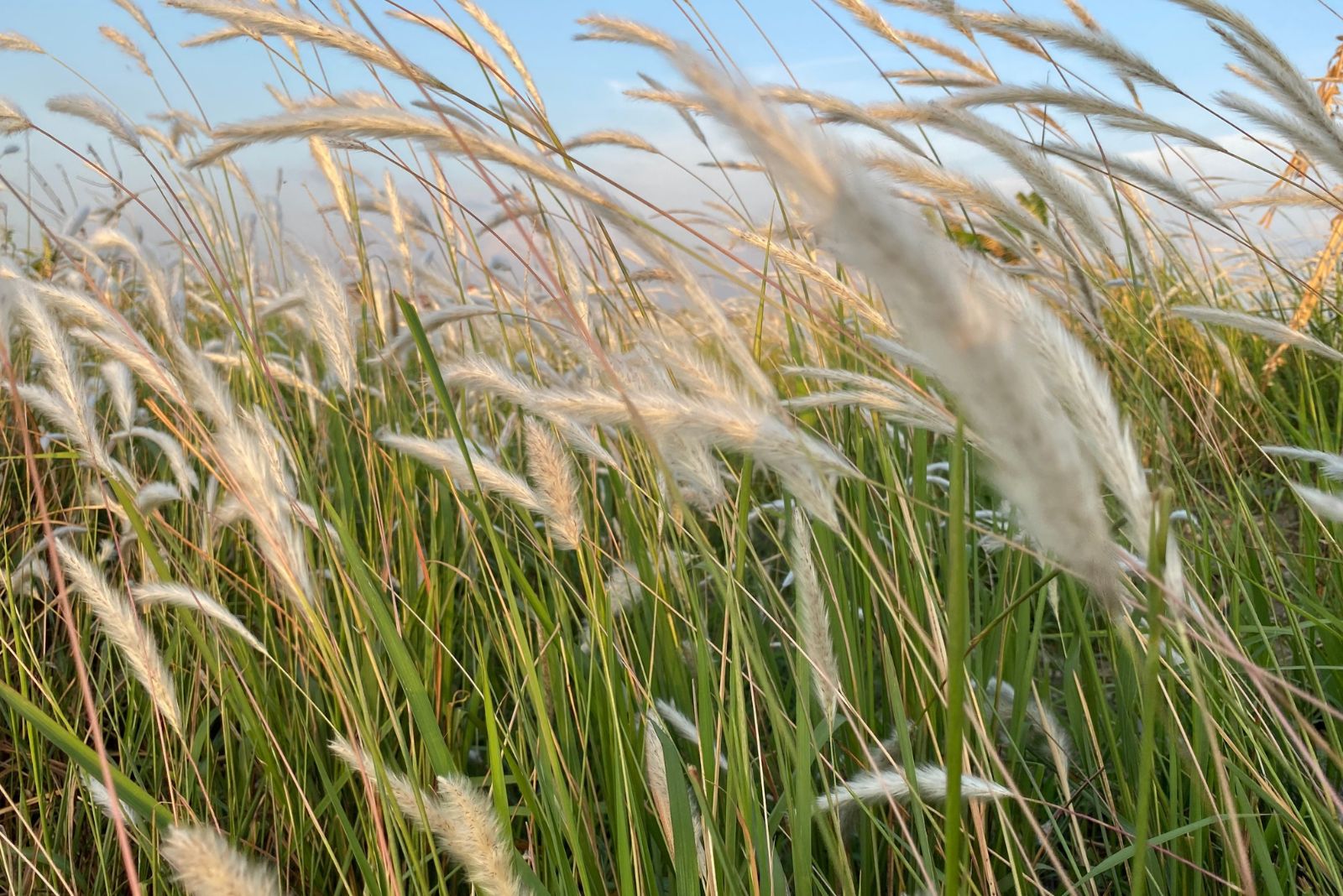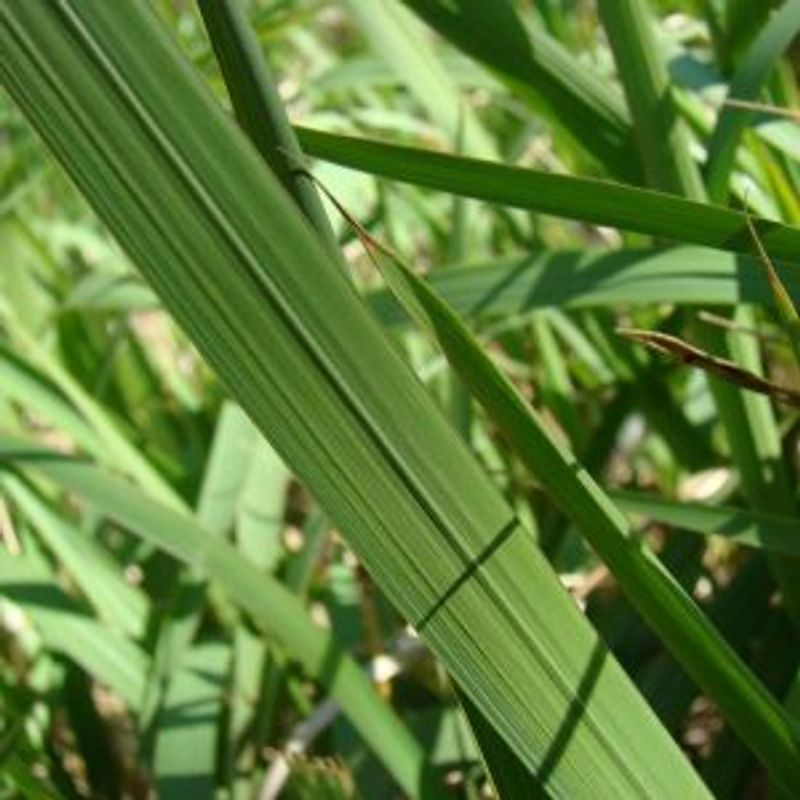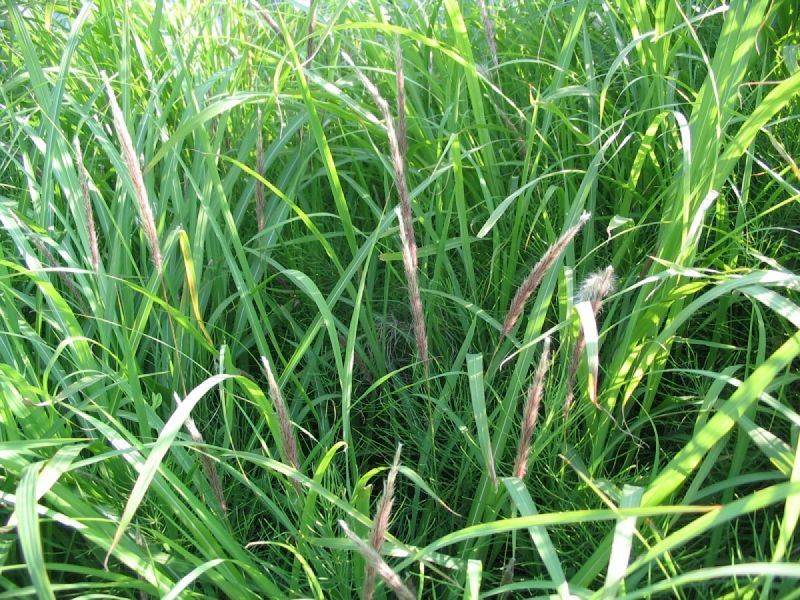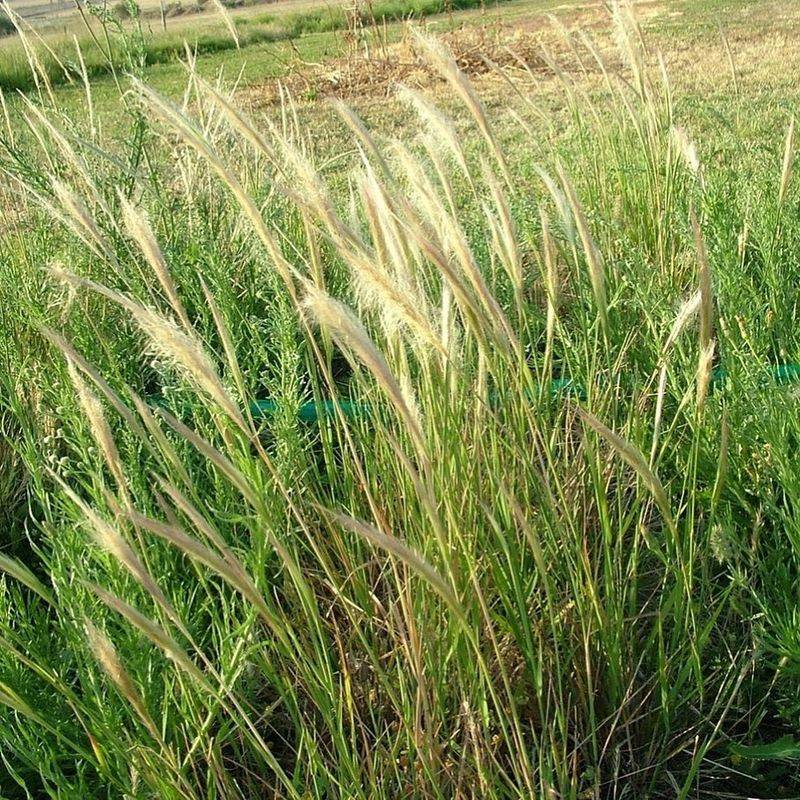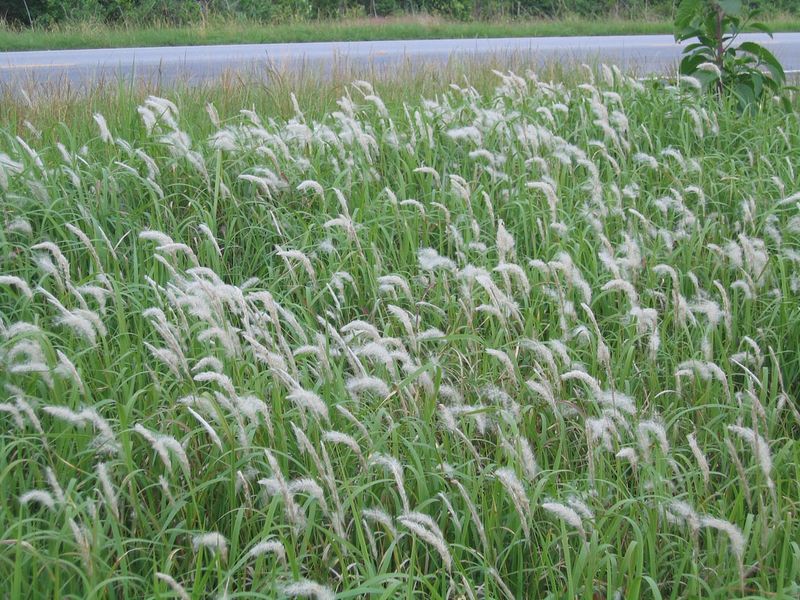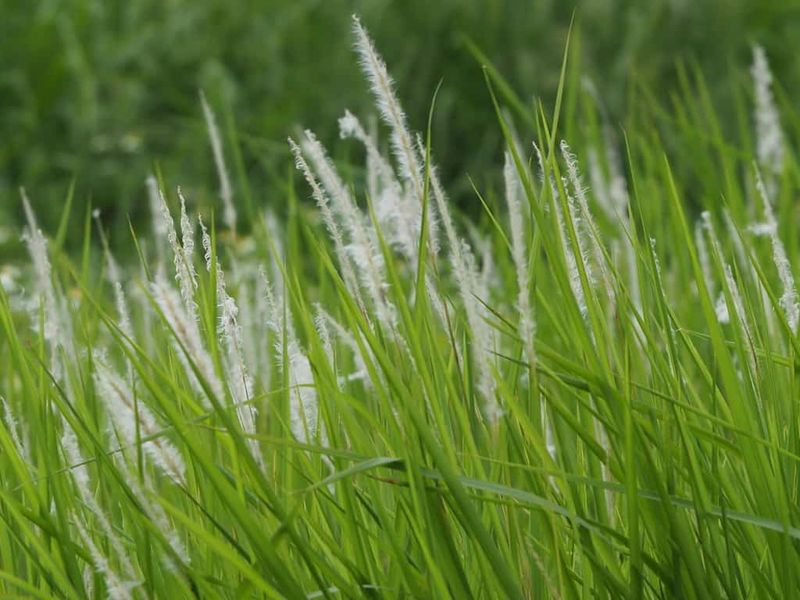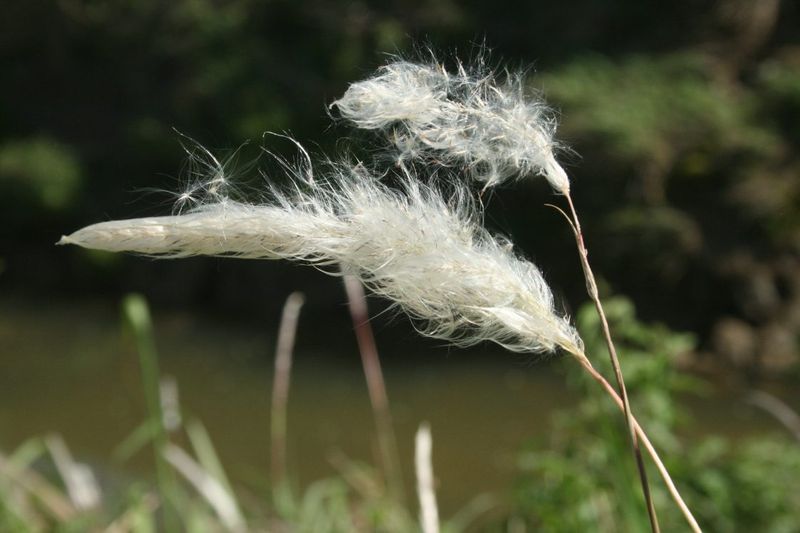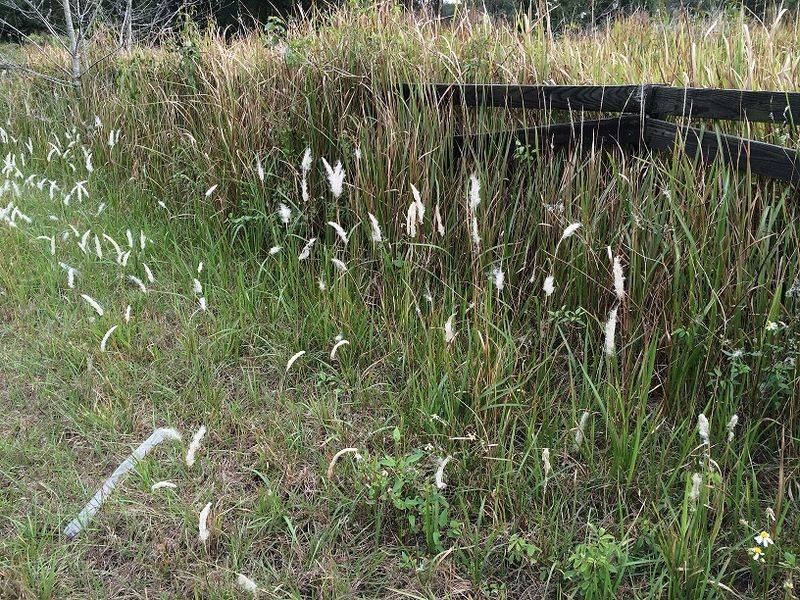Louisiana yards are facing a sneaky troublemaker that slips in quietly and spreads faster than most homeowners expect.
At first glance it can look like any ordinary patch of grass, but once it gets comfortable, it takes over with a grip that is hard to shake.
This invasive plant pushes out everything in its path, turning healthy lawns into stubborn thickets before anyone knows what hit them.
Yard owners across the state are spotting it more often, and its quick rise has many people taking a second look at what is growing under their feet.
It’s Recognized By Its Razor-Sharp Blades And White Fluffy Seed Heads
Identifying cogongrass starts with knowing what to look for in your lawn.
The grass grows up to four feet tall with leaves that have sharp, serrated edges capable of cutting skin if you brush against them carelessly.
Its most distinctive feature appears in spring when fluffy white seed heads emerge, resembling cotton balls on tall stalks.
The leaves have a prominent off-center midrib running down the middle, unlike most common grasses.
Early detection matters because removing small patches is much easier than tackling large infestations later.
Spreads Underground Through Nearly Indestructible Root Systems
What makes cogongrass truly terrifying lies beneath the soil surface where you cannot see it spreading.
The plant develops thick underground stems called rhizomes that can extend six feet deep and spread outward rapidly.
A single cogongrass plant can produce over 100 feet of rhizomes in just one growing season.
Breaking these roots into pieces during removal actually makes the problem worse because each fragment can sprout into a new plant.
Chemical treatments often struggle to penetrate deep enough to destory the entire root system completely.
Creates Extreme Fire Hazards That Endanger Homes And Wildlife
Did you know cogongrass burns three times hotter than native grasses?
This invasive species accumulates massive amounts of dry plant material that becomes extremely flammable during dry seasons.
Fires in cogongrass-infested areas can reach temperatures exceeding 500 degrees Fahrenheit, hot enough to destroy trees and destroy nearby structures.
Wildlife cannot escape these intense blazes, and native plants struggle to recover afterward.
Louisiana homeowners living near cogongrass patches face significantly increased wildfire risks, especially during summer droughts when conditions become dangerously dry.
Crowds Out Native Plants And Destroys Natural Ecosystems
Once cogongrass establishes itself, it forms dense mats that block sunlight from reaching the ground below. Native wildflowers, shrubs, and young trees cannot compete for resources and eventually disappear completely.
The plant releases chemicals into the soil that actually prevent other species from growing nearby, a sneaky strategy called allelopathy.
Louisiana forests transformed into cogongrass fields lose their biodiversity and become ecological deserts.
Animals depending on native plants for food and shelter must relocate or face starvation in these barren landscapes.
Arrived In America As Packing Material From Asia Decades Ago
Cogongrass hitched a ride to America in the early 1900s, hidden inside crates of imported goods from Southeast Asia.
Nobody realized this innocent-looking grass would become one of the most destructive invasive species in the southeastern United States.
Farmers initially tried using it for cattle forage, but livestock refused to eat the tough, nutrient-poor blades. By the time people recognized the danger, cogongrass had already escaped cultivation and spread throughout multiple states.
Louisiana now battles infestations that grow larger every year despite control efforts.
Costs Millions In Agricultural Losses And Control Expenses Annually
Louisiana landowners spend enormous amounts of money fighting cogongrass infestations that ruin productive farmland and timber forests.
The plant offers zero nutritional value to grazing animals and chokes out valuable forage crops.
Forestry companies lose millions when cogongrass invades tree plantations, stunting growth and reducing timber yields dramatically.
Property values plummet when homes sit near heavily infested areas because buyers recognize the ongoing maintenance nightmare.
Control methods require repeated treatments over several years, making eradication attempts incredibly expensive for average homeowners.
Requires Professional Treatment Because DIY Methods Usually Fail
Tackling cogongrass yourself rarely works because the plant has evolved incredible survival mechanisms over thousands of years.
Mowing spreads root fragments that establish new colonies, and burning stimulates dormant seeds to germinate vigorously.
Experts use specific herbicide combinations applied at precise times during the growing season for maximum effectiveness.
Professional treatment plans typically span three to five years with regular monitoring to catch regrowth early.
Contacting your local agricultural extension office connects you with specialists who understand Louisiana’s unique challenges with this persistent invader.

